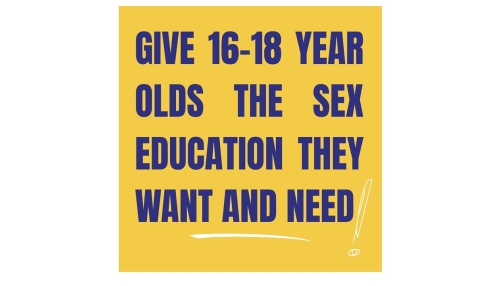Here, our RSE Specialist and Trainer Nicky Waring explores how to plan inclusive Puberty education.
The curriculum should act as both a mirror and a window, enabling learners to see themselves reflected and also granting them insights into experiences beyond their own*.
This is a quote that I believe as RSE educators we need to keep at the forefront of our minds when planning our curriculum and considering our resources. Children need to recognise themselves in every topic we teach so that they feel included and understand ‘this is for me’.
In puberty education this means we need to provide lots of different representations of humans and their experiences of growing and changing, in the resources we choose (including communication symbols) so that everyone sees themself reflected but also has opportunity to consider all the other possibilities equally.
Our learners need to see people of different body shapes, skin tones, ages and abilities represented. We may see one body shape represented more frequently however that doesn’t mean it is the only way to be attractive or healthy. Children need to know that there are lots of ways to express ourselves not only through our appearance but through our interests, hobbies and how we engage with other people. In addition, we can let children know that they can make different choices about their appearance, and that some aspects may be out of their control or influenced by their culture or faith. One aspect of appearance that young people are concerned about is body hair, perhaps due to narrow representations they might come across on social media or in pornography, these are issues we can talk about when teaching children how to navigate the online world safely.
We can also foster a sense of this “is for everybody” and highlight that we are all more the same than different, if we teach puberty by starting with changes that all bodies go through and focusing on how we take care of ourselves. Then when we include all children in teaching about sex specific changes, this helps children to develop empathy for other people’s experiences and learn how they can be helpful and supportive to others. It also means that those children who are gender questioning and children with differences in sex development (almost 2% of our learners) also feel included.
We want children to know about the diverse range of healthy experiences and how changes may look different between individuals, so that they understand that if they are not developing in the same way as their peer in this moment, that that is okay. Children need to know that although changes happen in the same order, bodies develop at different times and paces, and that actually they may still be developing into their twenties! Be explicit that there might be children that develop at a slow and steady pace from age 9 onwards and then there are those ‘ninja developers’ that suddenly seem to grow a foot overnight in their teens; and everything in between – all these development paths are healthy and to be expected. As part of this conversation we can include the emotional changes they will experience, including starting to experience attraction and mood changes, and what a daily emotional journey might feel like; when and who to seek help from.
Further support for educators
Join our popular webinar Teaching sex education and puberty in primary school on 29th June 9:30-12:30pm
Tickets: £99.99-119.99
*Safe, seen and included: inclusion and diversity within sexuality education; briefing note. UNESCO (2023)




Share